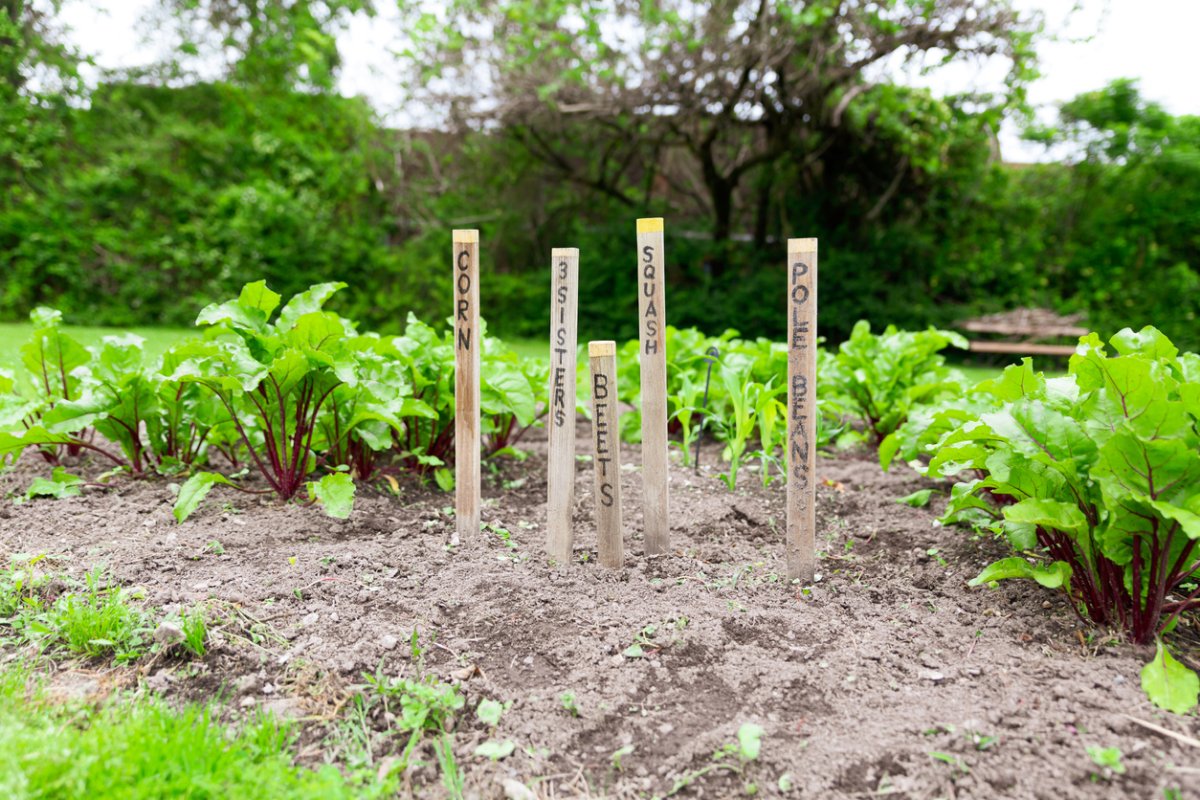

We may earn revenue from the products available on this page and participate in affiliate programs. Learn More ›
A Three Sisters garden follows the Native American tradition of planting corn, pole beans, and squash closely together to allow all three easy-to-grow vegetables to benefit from their proximity to another. Although not actually related according to genus, they provide sibling-like support for one another nonetheless.
Today’s gardeners will want to keep in mind that Indigenous cultivators who originated Three Sisters farming would have been growing dent, flint, or flour corn rather than sweet corn. They also might have allowed their bean plant pods to mature to produce shelling beans rather than harvesting them early as string or green beans.
What Is a Three Sisters Garden?
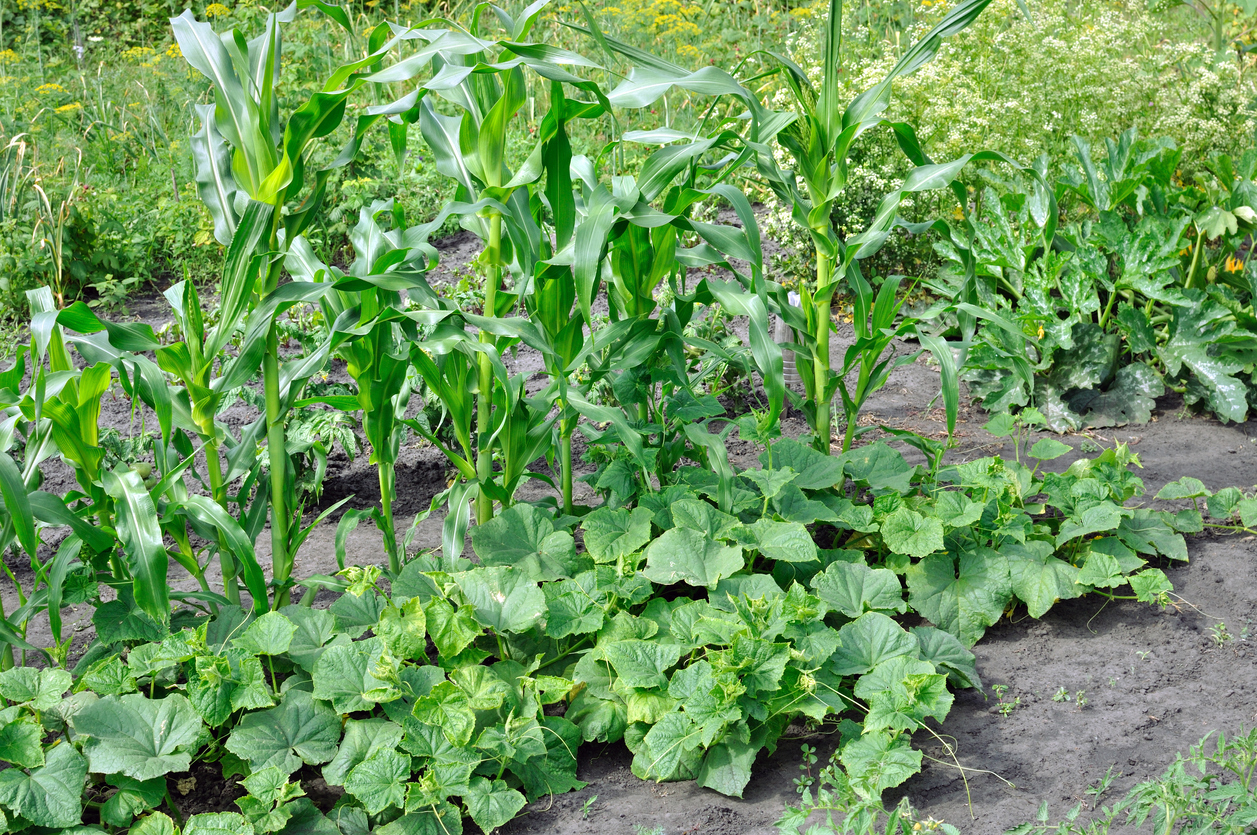
The Carnegie Museum of Natural History explains, “To the Iroquois people, corn, beans, and squash are the Three Sisters, the physical and spiritual sustainers of life. These life-supporting plants were given to the people when all three miraculously sprouted from the body of Sky Woman’s daughter, granting the gift of agriculture to the Iroquois nations.”
It makes sense, then, that those nations traditionally sowed these sister plants together. The corn would generally be sown first in hills, and the beans would be added in positions where they could climb the cornstalks later. Meanwhile, squash or pumpkin plants occupied the ground beneath and between the hills, serving as a groundcover for the other vegetables.
The Ultimate Companion Plants
Corn, pole beans, and squash do make for the ultimate companion plants; the beans climb the cornstalks and add nitrogen to the soil, while the squash vines create a living mulch. Their broad leaves shade the ground, suppressing weeds, repelling pests like raccoons, and keeping the soil damp.
Corn
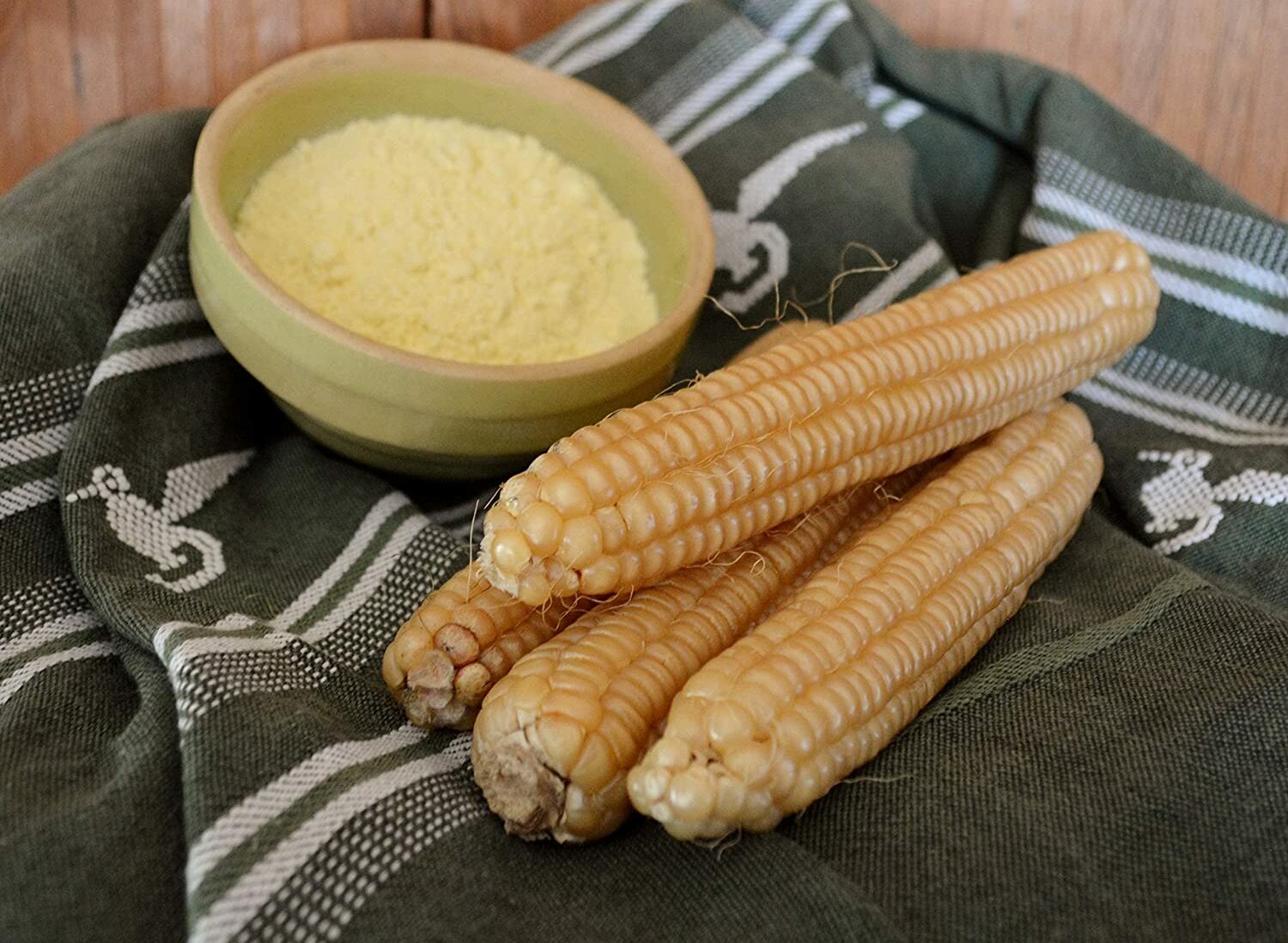
Flint corn is grown and ground into cornmeal for use in johnnycakes, cornbread, and similar foods. Although the ears could theoretically be harvested at the soft milk stage for use as sweet corn, they are neither as sweet nor as juicy as modern sweet corn hybrids (and would probably disappoint in that respect). Flint corn typically takes about 110 days to mature, and the ears should be left on the stalks until the husks have dried out and the kernels hardened.
The corn stalks serve as a living trellis for their sister beans. Although you can grow sweet corn as a substitute for the flint type, avoid popcorn. The stalks of these plants are short enough that they might be overwhelmed by the other plants.
Our Recommendation: Thresh Seed Co. Rhode Island White Cap Flint Corn at Amazon for $8.89.
This Narragansett corn produces long slender ears with large “white” kernels.
RELATED: The Best Garden Fertilizers According to Our Research
Beans
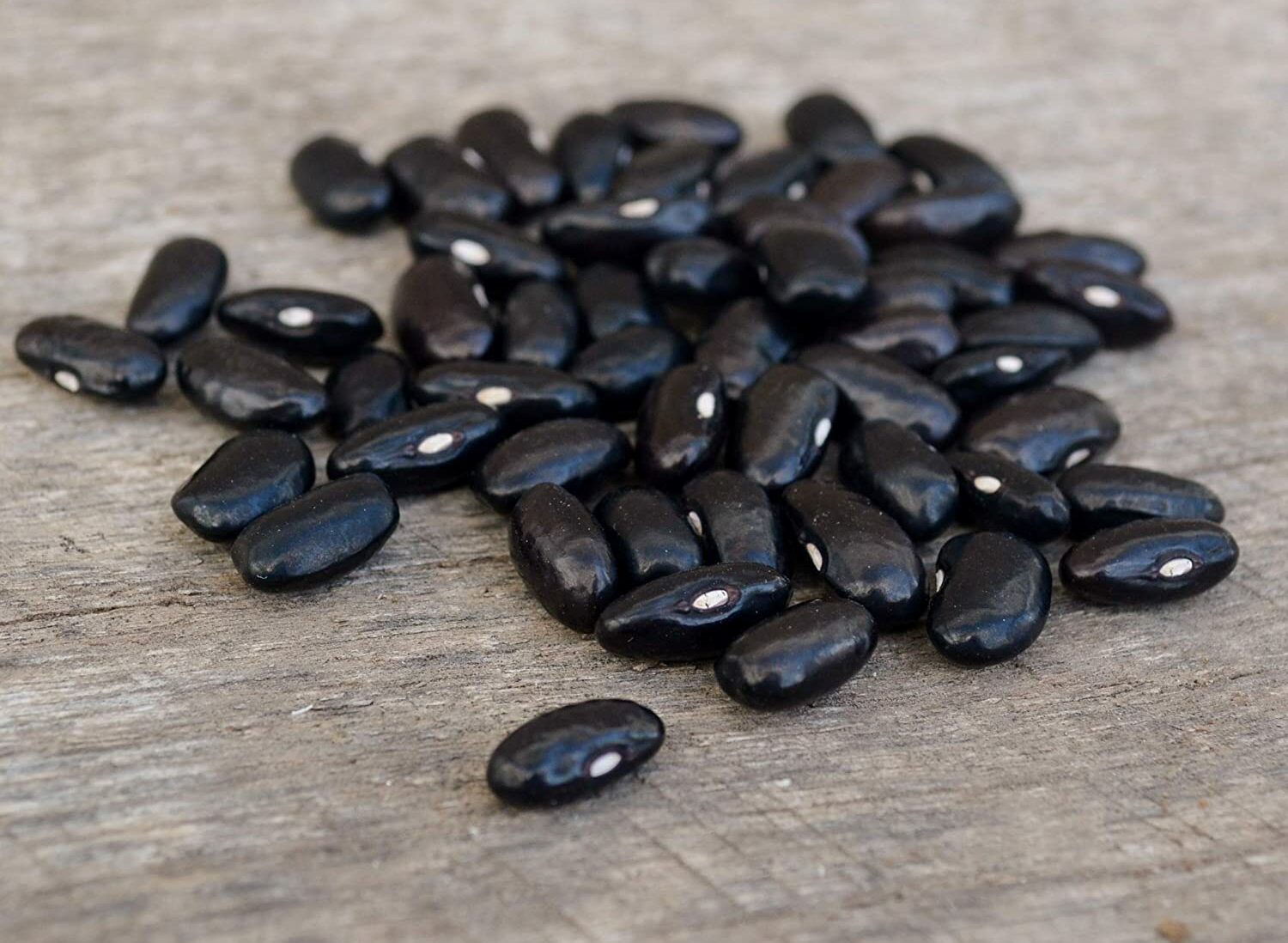
Pole beans can either be harvested young to eat their pods (such as familiar green beans) or allowed to ripen on the vine to produce shelling or soup beans. As with most legumes, they add nitrogen to the soil, but “most of the nitrogen converted by the beans will not be available to the corn and pumpkins the first year; the bean roots have to break down to release nitrogen,” according to the Cornell College of Agriculture and Life Sciences.
Green beans can be ready to pick in as little as 50 days, while shelling beans will take about 85 days to mature and can be harvested after their pods begin to yellow. However, don’t attempt to substitute bush beans for the pole type, as the former won’t climb.
Our Recommendation: Thresh Seed Co. Cherokee Black Shelling Bean at Amazon for $8.89.
This black bean cultivar is reported to have been carried by Cherokee Nation members when they were forced from their homelands in 1838.
Squash
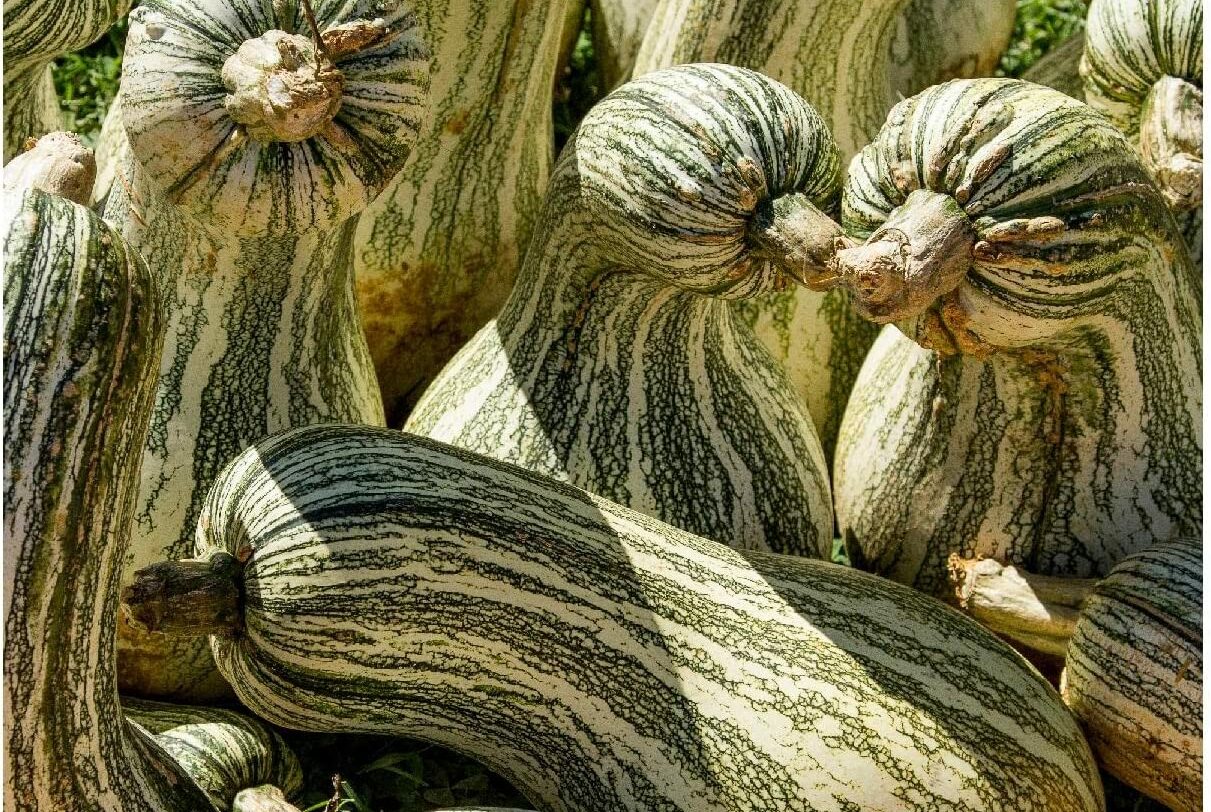
You can choose whichever type of squash or pumpkin suits your fancy for this sister plant. Keep in mind that summer squashes tend to grow more bushy than vine-like, so they don’t make the best groundcover. Winter squashes, such as the one recommended below, usually mature in about 105 days. After their rinds harden enough not to be pierced by your fingernail, remove them from the vine and allow them to cure in the sun for a week or so before storing them.
Our Recommendation: Everwilde Farms Cushaw Green Striped Pumpkin at Amazon for $3.25.
Cushaws are native to the Americas, and this one produces green-striped white squashes with yellow-orange flesh.
Other Sister Plants
In addition to the Three Sisters, you may also want to sow other tall plants, like sunflower, Jerusalem artichoke, or amaranth, in the spaces between the hills. There, squash vines will provide groundcover for them. In addition to attracting pollinators, these extra plants can produce a crop, too. Sow them at the same time you sow the corn to give them a head start on the squash vines.
RELATED: Bad Neighbors: 11 Plant Pairs Never to Grow Side by Side
Three Sisters Planting Step by Step
Because you can never predict how many seeds will sprout, it usually is a good idea to plant twice as much as you need in your Three Sisters garden layout and thin out the extra plants. Follow these steps on how to grow a Three Sisters garden for the best results:
- Choose a location that receives at least 6 to 8 hours of sunlight per day.
- After nighttime temperatures have risen into the 50s Fahrenheit and dogwood leaves are the size of a squirrel’s ear, construct a hill or mound 12 inches tall and 2 feet across.
- Plant corn seeds 1 inch deep and 6 inches apart in a cluster at the center of the mound, sowing two seeds each in seven holes to make sure that at least seven seedlings come up.
- After the seeds germinate, leave the strongest seedlings in place and snip off any extras at ground level, so that the stalks stand 6 inches or more apart from each other.
- Wait until the corn stalks are at least 6 inches tall to plant your beans, sowing them 1 inch deep with two seeds per hole at the four corners of the corn circle, following Cornell’s Three Sisters planting diagram.
- Once the seeds germinate, leave the four strongest bean plants at the four corners, snipping off any extras that sprout.
- Sow four squash or pumpkin seeds 1 foot out from the base of the mound, thinning the seedlings to one per hill.
- After the plants begin to grow, train the bean vines to climb the stalks and the squash vines to cover the ground beneath the mounds.
- Space additional mounds so that the distance from the center of one to the center of the next is 4 feet.
- Ensure that your Three Sisters plants receive at least 1 inch of water per week via rainfall or irrigation.
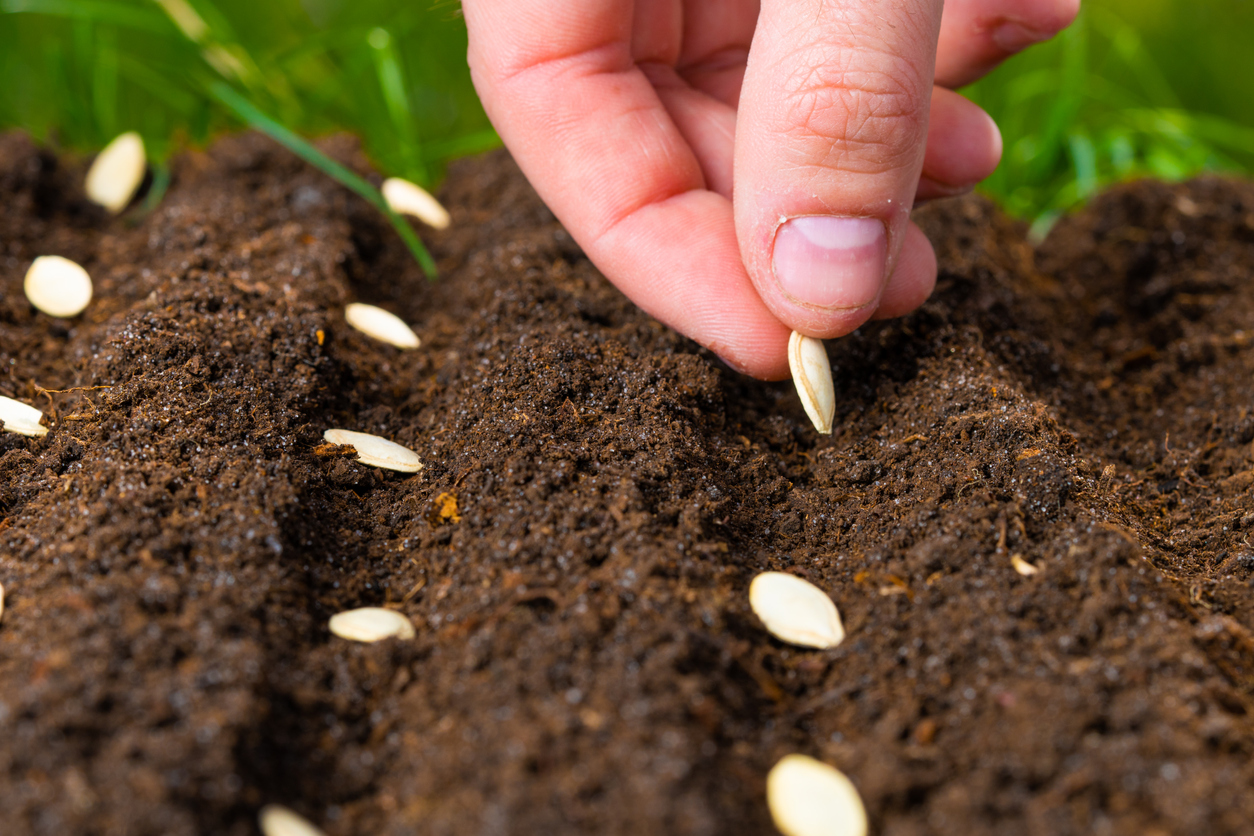
Final Thoughts
These three “siblings” remain among the types of vegetables that often grow better with companions. However, although the type of Three Sisters planting described here generally works well in wet climates such as those in the Northeast, it could be more problematic in the dry Southwest.
Since vegetables on hills dry out quickly, if you want to try this method in an arid area, you probably should eliminate the hills and sow the plants on level ground instead. Also, if you aren’t addicted to authenticity, feel free to try Three Sisters gardening with sweet corn, as well as hybrid pole beans and squashes.
